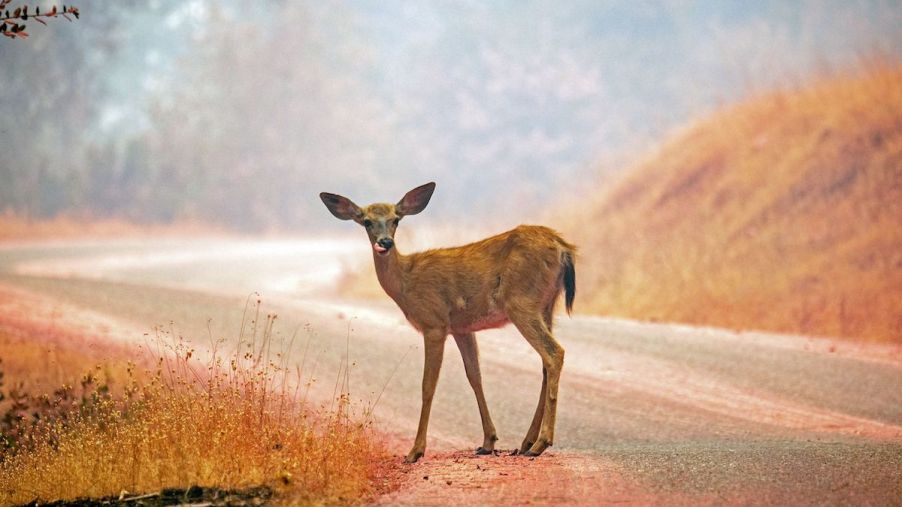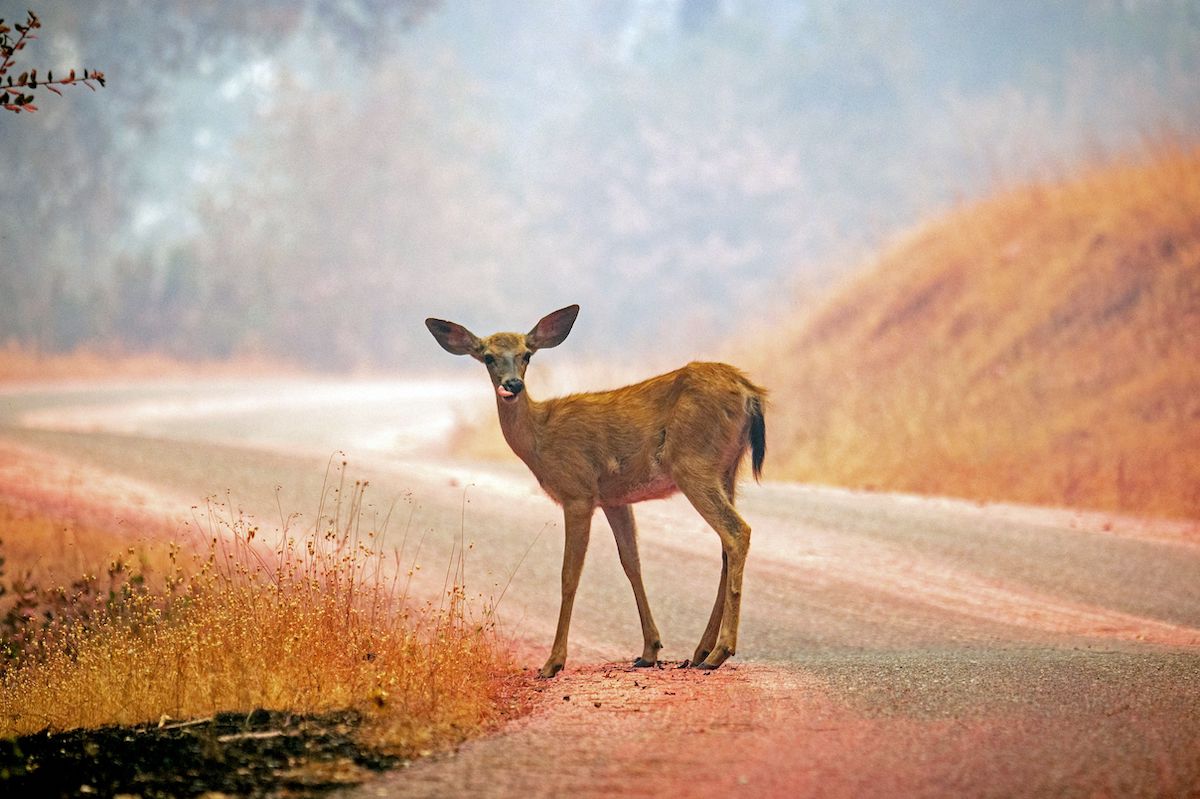
Can a Deer Whistle Prevent a Collision?
Deer can be a nuisance when you’re driving, especially during deer-mating season, beginning in September and October. As these woodland creatures become more active, you have a higher chance of accidentally hitting one. Deer also tend to cause more car accidents during their feeding times. Some drivers trust deer whistles — inexpensive accessories designed to place on your vehicle to ward off wildlife. But is there any evidence that deer whistles prevent collisions?
Here’s what a deer whistle does

Deer whistles are designed to create noises at various frequencies, sometimes on the ultrasonic level. Many deer whistle manufacturers claim this unfamiliar noise causes a deer to stop rather than bound across the road. The whistling noise usually kicks in once you’re traveling between 30 and 35 mph.
It seems like a quick fix to deter deer, and most deer whistles cost $10 or less. They’re made of durable plastic and stay securely attached with an adhesive base. Many of these products, like the Save-A-Deer whistle on Amazon, also have overwhelmingly positive customer reviews.
But you probably shouldn’t rely on a deer whistle
According to Erie Insurance, research has repeatedly proven deer whistles don’t work. The site mentions one study where researchers couldn’t get any of these devices to stop a deer reliably, regardless of the frequency.
We’ve covered similar studies when discussing deer whistles. In one of these, the deer didn’t show any reaction despite a whistle being blown right next to them.
And despite good reviews, there are also quite a few dissatisfied customers who have purchased deer whistles. Last year, consumers brought a class-action lawsuit against the manufacturer of Bell Deer Warning. The plaintiffs recounted multiple instances where the product didn’t work and accused the company of deceptive advertising.
In addition, the Insurance Institute for Highway Safety (IIHS) doesn’t recommend using deer whistles instead of safe driving practices. If you know a certain area sees a lot of deer traffic, slow down and stay alert. Putting on your high beams can also give the animals a good warning of your approach.
Erie Insurance says your car’s safety features are far more useful for reducing deer-related injuries. Most modern vehicles already come with forward-collision warning with automatic emergency braking, ensuring quick stops. Adaptive headlights can also be effective for seeing animals in your car’s blind spots before they cross your path.
Will insurance cover a deer-related accident?
Experts recommend hitting the deer instead of veering when you can’t stop in time. At a minimum, expect to have your car’s hood and grille dented, maybe even a cracked windshield or headlight. Many deer-related accidents are even worse: In fact, it’s not uncommon to have your car completely totaled afterward.
Your car isn’t the only thing you need to worry about when it comes to deer collisions. The IIHS also explains that almost 200 motorists are killed each year due to collisions with large animals. You can avoid severe injuries during car accidents simply by wearing your seatbelt.
Fortunately, deer-related accidents are covered under a comprehensive insurance policy. The law doesn’t require this type of insurance coverage, so it’s not included in your standard collision coverage. According to WalletHub, most U.S. drivers pay around $160 annually for comprehensive insurance.
It might be more expensive than a deer whistle, but this policy has several other benefits. It covers damages caused by fire, severe weather incidents, natural disasters, and more. Unlike a deer whistle, comprehensive insurance also helps if your car is totaled.


